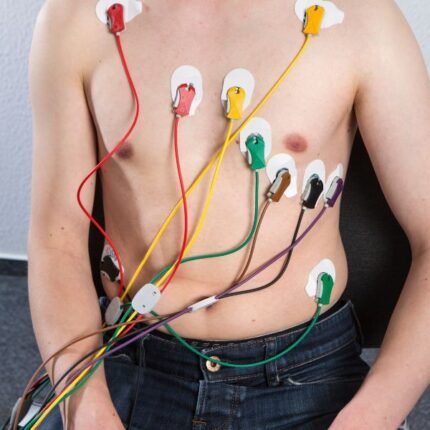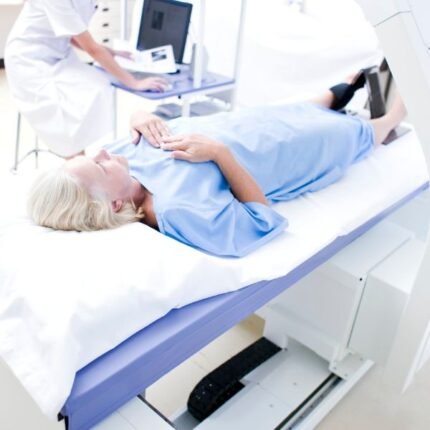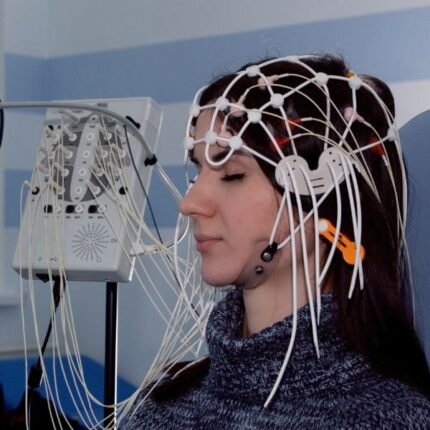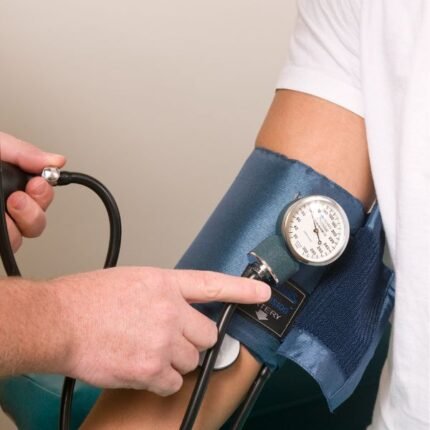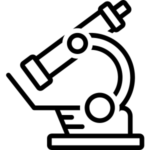What are the indications?
- Suspected white-coat hypertension (including in pregnancy)
- Suspected masked hypertension (untreated subject with normal clinic BP and elevated ABP
- Suspected nocturnal hypertension or no night time reduction in BP (dipping)
- Hypertension despite appropriate treatment
- Patients with a high risk of future cardiovascular events (even if clinic BP is normal)
- Suspected episodic hypertension.
Ambulatory BP monitoring may also be useful for:
- titrating antihypertensive therapy
- borderline hypertension
- hypertension detected early in pregnancy
- suspected or confirmed sleep apnoea
- syncope or other symptoms suggesting orthostatic hypotension, where this cannot be demonstrated in the clinic
Ambulatory BP monitoring provides a more reliable measure of a patient’s BP than isolated clinic measures and is not subject to the ‘white-coat effect’, which can overestimate BP, particularly in susceptible patients. While clinic measurement of BP is useful for screening, and in the management of suspected and true hypertension. Ambulatory BP and home BP measurements add considerably to the accurate diagnosis of hypertension and the provision of optimal care.




